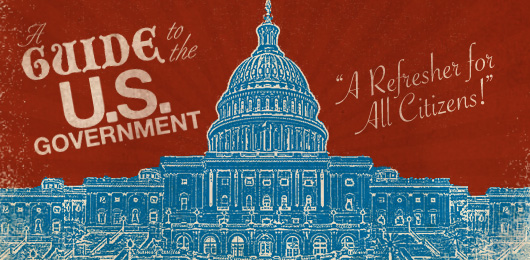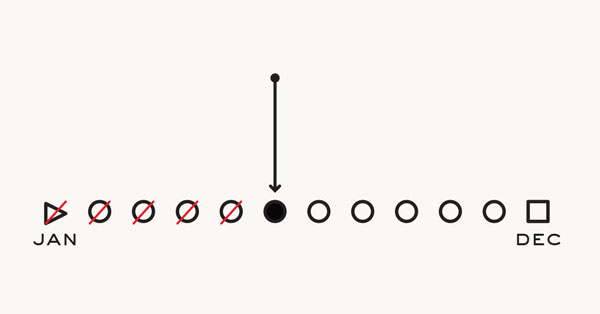We all learned it in high school, but who remembers what you learned in government class (unless you’re me)? I was the “geek” of that class as I knew all our local politicians, both winners and losers and would eventually become a candidate myself.
But in discussing current issues with my friends now eight years after high school, I think we need a refresher course on the US Government.
First thing, don’t get these two documents confused! They are very different, yet equally important. The Declaration of Independence is just that, the formal document that was written primarily by Thomas Jefferson. The document itself was ratified by the Continental Congress on July 4, 1776, which declared that the thirteen American colonies were no longer a part of the British Empire.
The Declaration has one of the most important lines ever written in human history: “We hold these truths to be self-evident, that all men are created equal, that they are endowed by their Creator with certain unalienable Rights, that among these are Life, Liberty and the pursuit of Happiness.”
The Constitution on the other hand is the formal written law of the country. Many people forget and thus confuse the course of American history thinking that the Constitution has always been around when in fact, the Constitution as we know it today wasn’t written until 1787, a decade after the Declaration of Independence. For the first decade of the United States, our government operated under the Articles of Confederation. But that document had many flaws and thus the current system of government was born.
While Declaration is important for its purpose, the Constitution is important because it provides the bedrock for the US government and for the relationship of the federal government to the states, to citizens, and to all people within the United States. Aside from the Bill of Rights (the first ten amendments), the Constitution also creates the three branches of government as we know them today.
The image of the United States is largely The White House. Having been to Washington D.C. as a tourist, I can say that seeing that building was the highlight of the trip. But what is the purpose of the Executive Branch?
The role of the President has changed dramatically over time, but Article II Section 2 of the Constitution describes the original intent of the Executive Branch. It states that the President is “Commander in Chief of the armed forces, and of the state militias when these are called into federal service.” The Constitution also notes that the President has authority to negotiate, but not unilaterally sign treaties, appoint judges and other governmental appointments. It is also required that the President deliver a “State of the Union.” Additionally, although this is rarely used, the President has the power to convene either, or both, houses of Congress. Finally, it is the President’s job to see that all laws are faithfully executed.
The Legislative Branch of the US Government is made up of two houses, the House of Representatives and the Senate. They are very different bodies.
Article I, Section 1, reads, “All legislative powers herein granted shall be vested in a Congress of the United States, which shall consist of a Senate and House of Representatives.” While in the last 20 years this provision has been weakened by a growing reach of the Executive Branch, this tiny provision gives Congress the power of the government. The core task of the Legislature is to make laws of the land. I could go into the limits of the Legislature, but there are many. The Supreme Court often has to rule on the reach of Congress, especially relating to the Commerce Clause in the Constitution.
The third and final branch of the US Government is the Judicial Branch, most notably the US Supreme Court. We’ve heard a lot about the Court the last two years because of two new judges, and for the first time in history, three women justices at the same time.
The Constitution created the Supreme Court and gave Congress the authority to create lower courts. The Supreme Court is the final ruler of legal cases. Cases don’t come to the Supreme Court without going through the lower courts through various trials and appeals. Even then, the Court picks and chooses which cases to hear and rule upon.
There is a lot more to know about the US Government, but this is just a taste. For more information on these two documents (which can both be viewed at the National Archives in Washington, D.C.) visit their website at www.archives.gov.






















